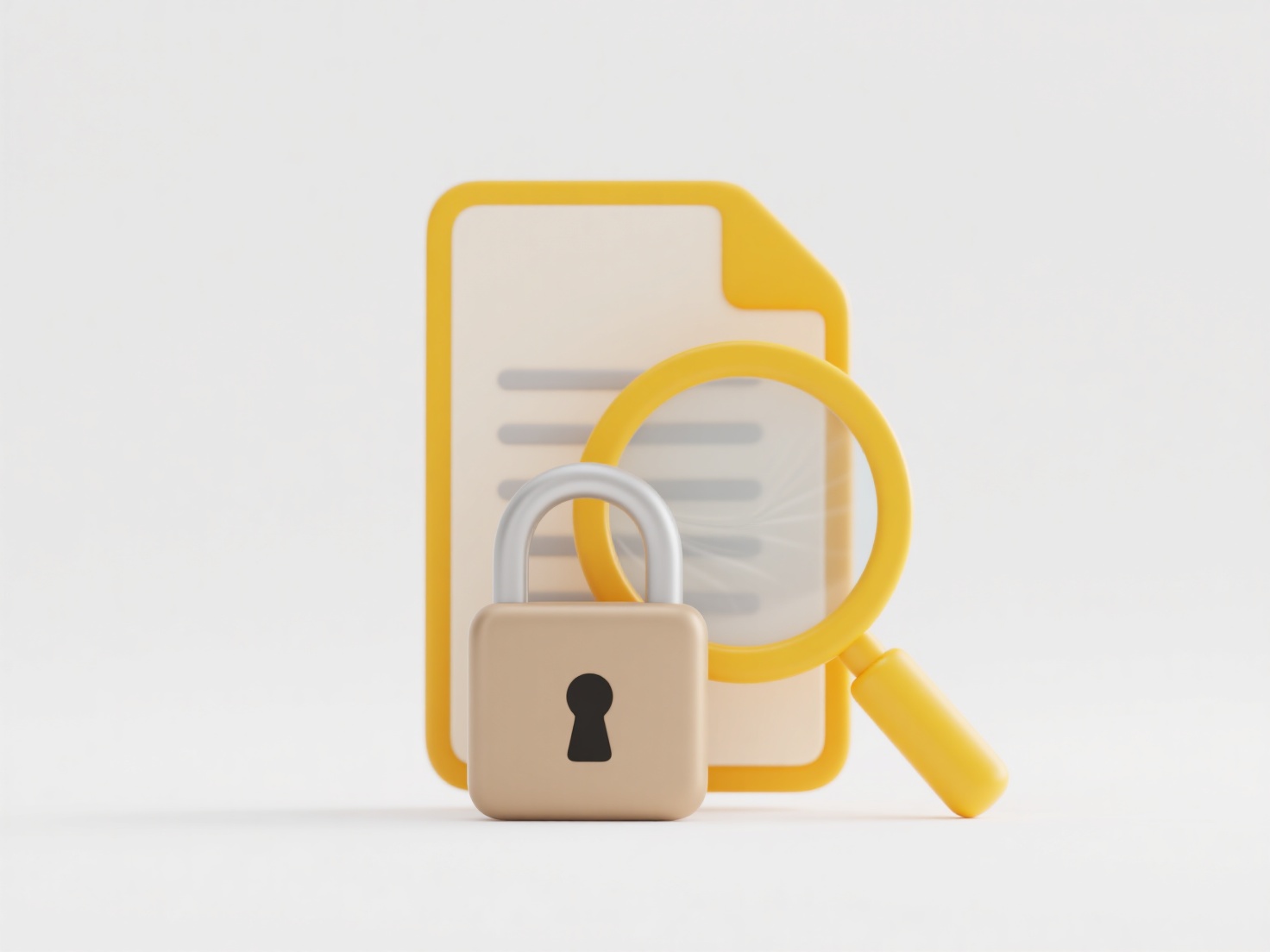
Cloud file conflicts occur when multiple people edit the same file simultaneously or when offline changes can't automatically sync with the cloud version. Cloud storage services like Dropbox, Google Drive, or OneDrive detect these overlapping edits. They cannot automatically merge changes like specialized development tools (e.g., Git). Instead, they create multiple copies ("Conflict Copies") upon syncing, allowing users to manually review and choose which version to keep, relying heavily on the service's file version history.
For example, in a project management team using Google Workspace, if two members edit a shared document simultaneously offline, Google Docs creates conflicting versions upon reconnection, prompting users to select the latest or a combined version. Similarly, corporate environments using Microsoft 365 with OneDrive might see "DocumentName-UserName-ComputerName.docx" files appear after a conflict, requiring manual comparison within Word to merge changes.

Built-in conflict resolution prevents permanent data loss but relies on user action, which can be disruptive and sometimes confusing for non-technical users. While essential for maintaining data integrity in collaborative settings, it highlights the limitations of basic cloud sync compared to sophisticated version control systems. Future enhancements might focus on smarter automatic merging or clearer conflict interfaces to improve efficiency.
How do I resolve cloud file conflicts?
Cloud file conflicts occur when multiple people edit the same file simultaneously or when offline changes can't automatically sync with the cloud version. Cloud storage services like Dropbox, Google Drive, or OneDrive detect these overlapping edits. They cannot automatically merge changes like specialized development tools (e.g., Git). Instead, they create multiple copies ("Conflict Copies") upon syncing, allowing users to manually review and choose which version to keep, relying heavily on the service's file version history.
For example, in a project management team using Google Workspace, if two members edit a shared document simultaneously offline, Google Docs creates conflicting versions upon reconnection, prompting users to select the latest or a combined version. Similarly, corporate environments using Microsoft 365 with OneDrive might see "DocumentName-UserName-ComputerName.docx" files appear after a conflict, requiring manual comparison within Word to merge changes.

Built-in conflict resolution prevents permanent data loss but relies on user action, which can be disruptive and sometimes confusing for non-technical users. While essential for maintaining data integrity in collaborative settings, it highlights the limitations of basic cloud sync compared to sophisticated version control systems. Future enhancements might focus on smarter automatic merging or clearer conflict interfaces to improve efficiency.
Quick Article Links
Will renaming break file references in other apps?
Renaming a file changes its original name and full path location. Other applications referencing that file typically rel...
Why does my .csv file open incorrectly in Excel?
CSV files are plain text data separated by commas, where each line represents a record and commas separate its fields. E...
Which file format should I use for email attachments?
When sending email attachments, the most widely compatible formats are PDF for documents you don't want modified and wid...